An Introduction to What Carries the Bridge that Carries You
One question I often get asked is “What about Abutments?” Clients come to us for their trail bridge and boardwalk solutions, but abutments are critical components that clients provide independently of Areté Structures. The intent of this post is not to attempt to provide a design guide for abutments, but to give anyone interested in a pedestrian bridge or boardwalk a baseline of knowledge in regard to thinking about and discussing how they will support the ends of their bridge.
What is an Abutment?
An abutment is a substructure element that transfers the superstructure (bridge) loads to the foundation, and ultimately the earth. An abutment should ideally be designed to last at least as long as the bridge that rests on it. There are many important factors to consider when choosing abutments. Some considerations might be:
- Size and Usage of Bridge: What are the design vertical dead loads and live loads that the abutments will need to support?
- Horizontal Loads: What kind of wind and thermal loading will the abutments need to resist?
- Flood Exposure: What is the flood risk at the site? Are the stream banks at risk of severe storm erosion in a flood? Consider getting a hydrological survey of the site.
- Soil Depth and Type: Some abutments are better suited to one type of soil or another. Consider getting a geotechnical survey of the site.
- Site Access: How difficult will it be to get equipment, materials, and personnel to the site?
- Environmental Sensitivity: How will construction activities affect the local environment?
What are the Different Types of Abutments?
Every abutment is different, but in my mind, they typically fall into one of two broad categories, which I call Retaining and Non-Retaining.
Retaining Abutments:
A retaining abutment retains soils on the upslope side, opposite the bridge. They allow grade to be brought up, level with the bridge deck as it meets the end of the bridge. This backside of the abutment is usually referred to as the “fill face.” Retaining abutments are by far the most common type for vehicular bridges because they allow a smooth and easy transition from roadway to bridge deck. Retaining abutments must be engineered to handle not only the loads of the bridge, but also to serve as retaining walls for the earth supporting the bridge approach loads. They typically require extensive excavation along with more materials, labor, and grading to construct compared to non-retaining abutments.
Retaining abutments are most commonly cast in place concrete walls, often with adjacent walls protruding at angles called wing-walls. These are very sturdy and long-lasting, however large quantities of reinforcing steel and concrete are required. Formwork must also be hauled to and from the site. Site access for equipment is therefore sometimes a limiting factor for this type of design.
Retaining abutments can also be constructed from masonry, timber, or even FRP. These each have their own benefits and drawbacks. Timber is often an easier and initially less expensive option and may be suitable depending on local conditions and the service life required. Masonry is heavy and difficult to transport to remote sites unless suitable stone can be quarried nearby. Masonry abutments can be quite visually attractive as well. FRP is lightweight, long-lasting, and can be made to match an FRP bridge, but can also require a larger upfront investment.
Non-Retaining Abutments:
Non-retaining abutments support the bridge ends, but do not retain soil. These can be less expensive than Retaining Abutments, and typically require less resources to construct. However, some means of getting onto the bridge must still be provided. If the bridge is to be used for foot-traffic only, and will not be wheelchair accessible, then stairs are a perfectly good option. A ramp can also be used to provide an accessible approach.
Non-retaining abutments can be designed for a wide variety of materials. I’ve seen them built with piles, posts & beams, masonry, timber cribbing, concrete piers, and “gravel cages.” Most of these are self-explanatory. “Gravel cages”, though, are what I call structures that are filled with crushed rock. The cage to hold this crushed rock can be chicken wire, timber, FRP, or about anything else you can imagine. Take a moment to consider the diversity of abutments in the photos below.

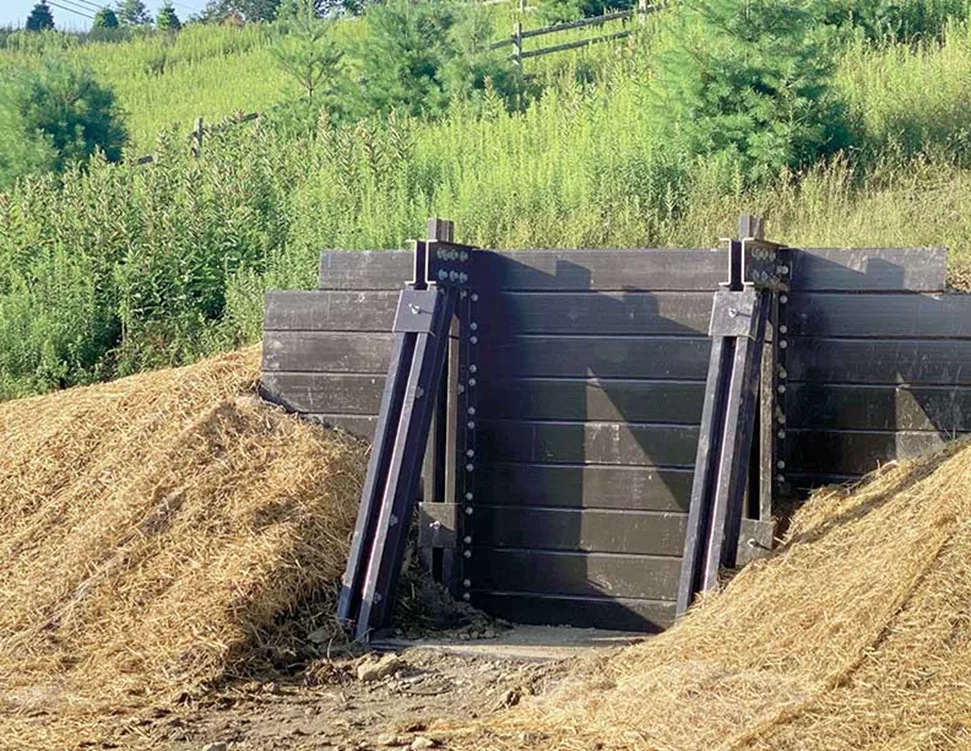
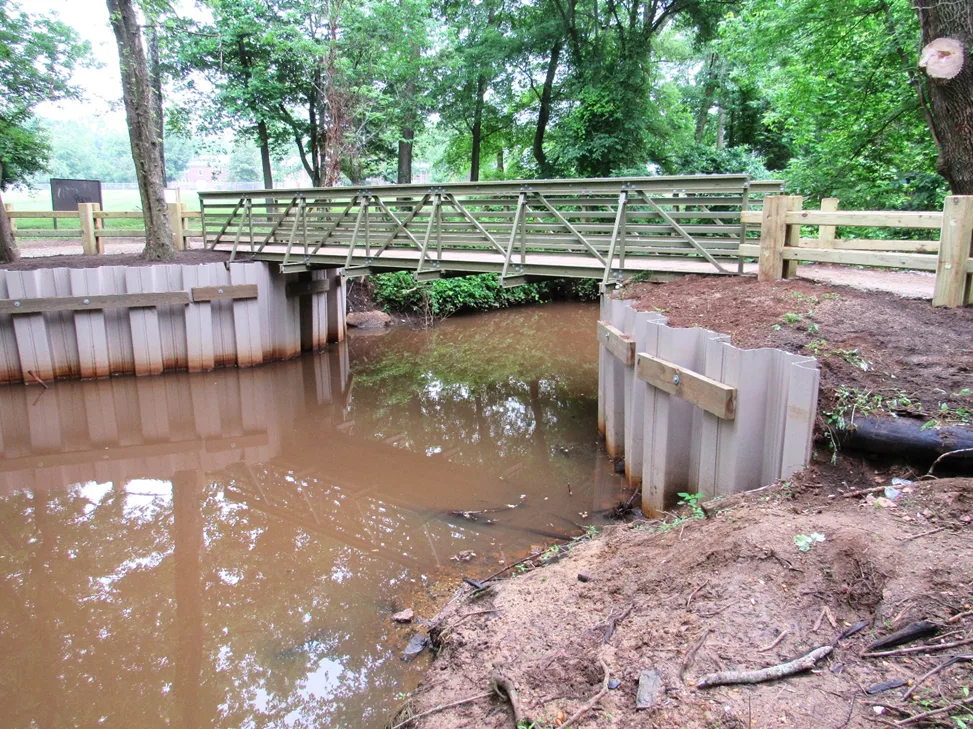

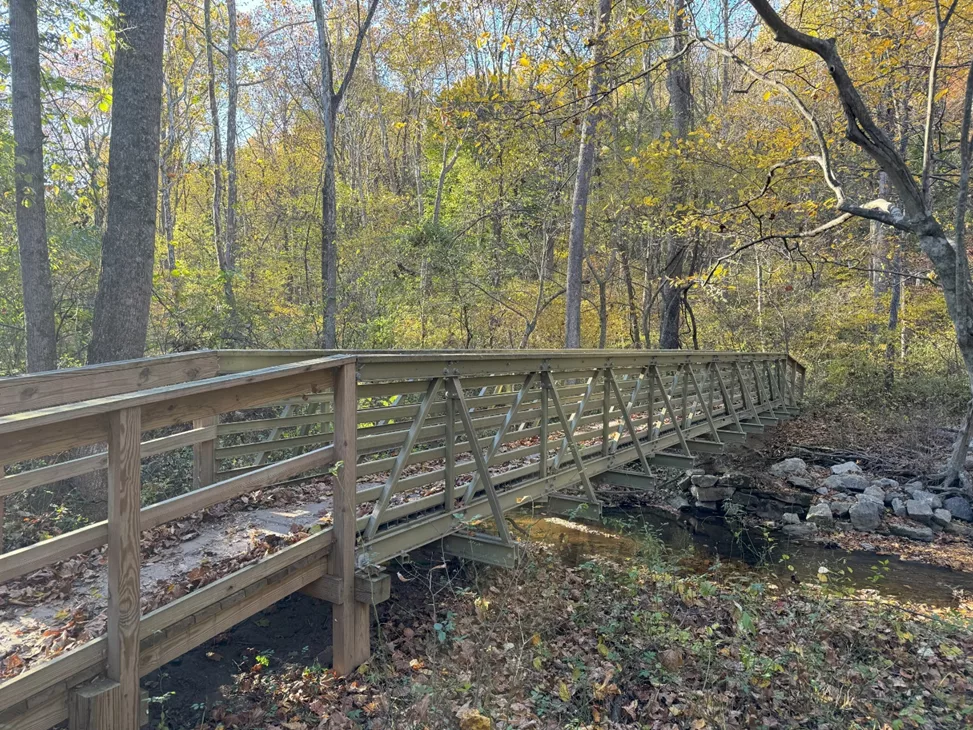
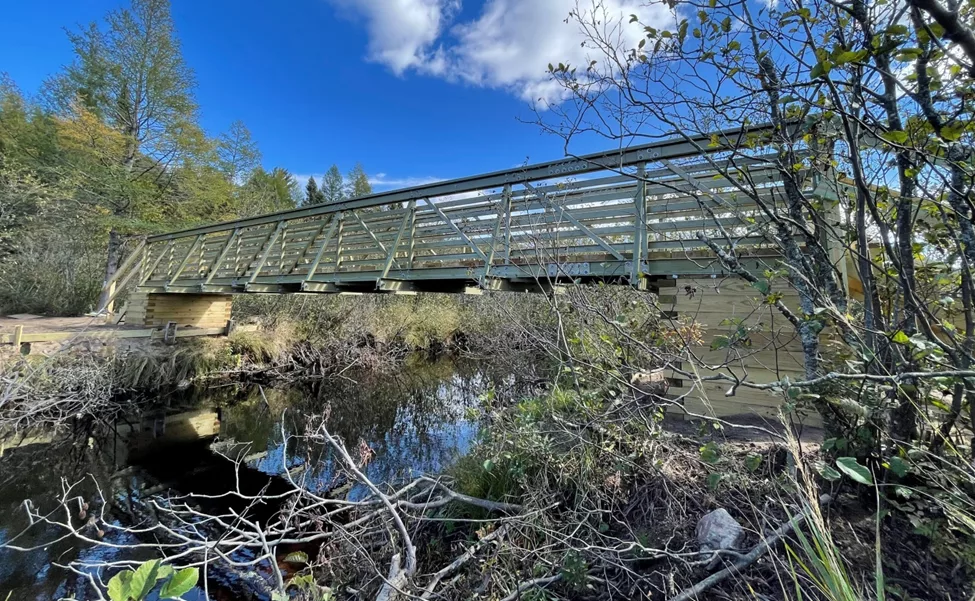

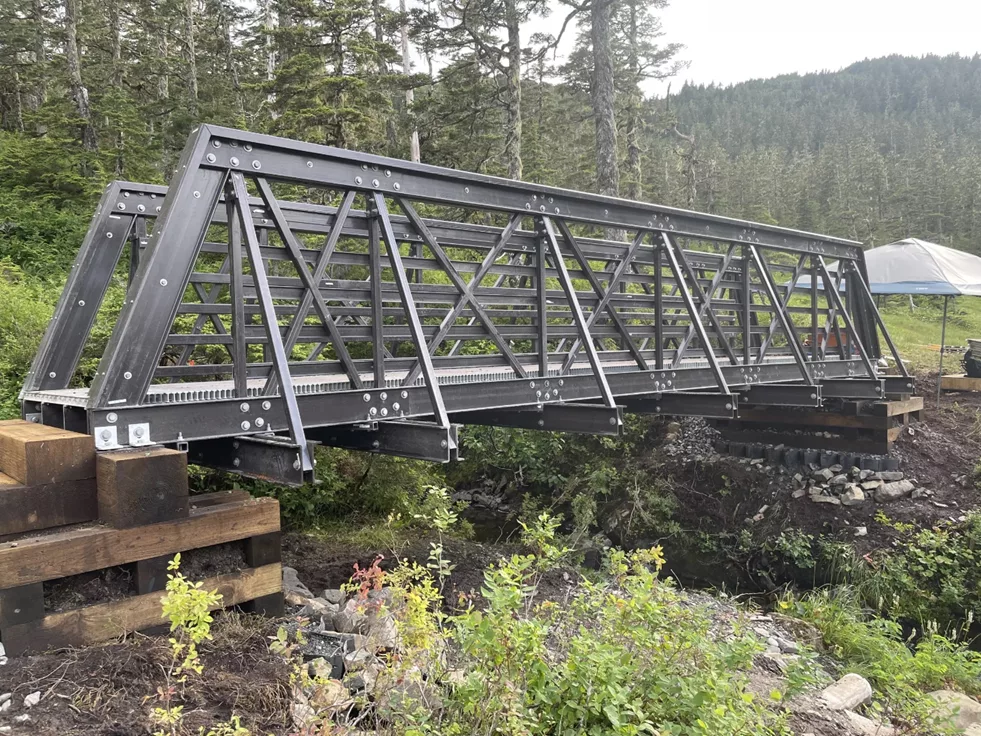

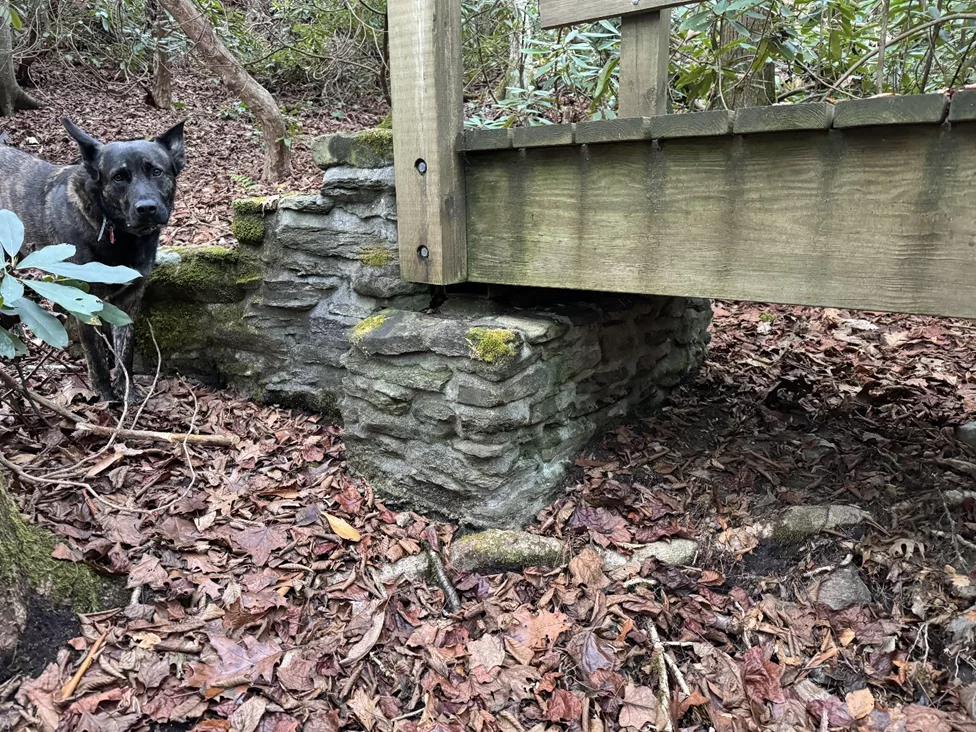
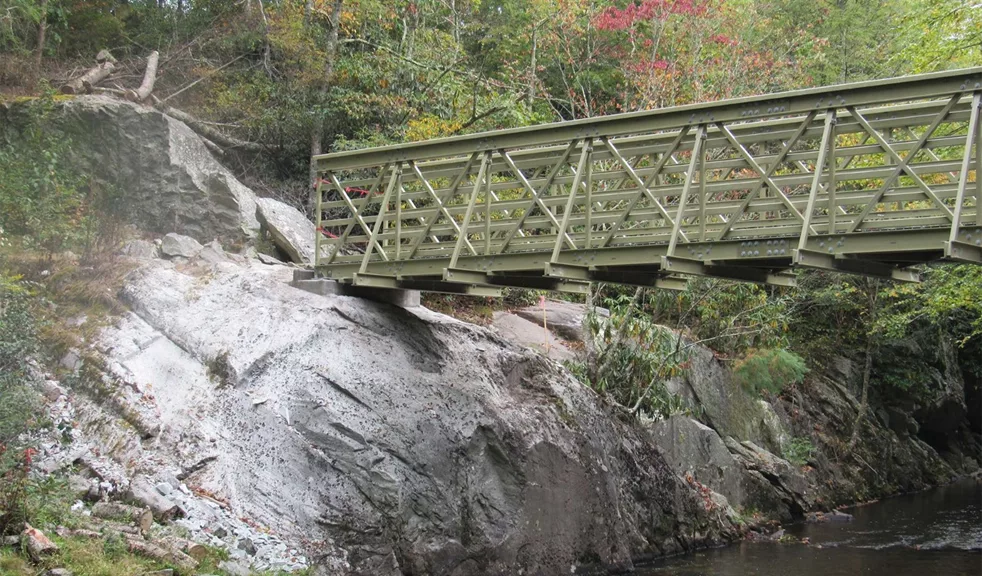
Conclusion
The best abutment design for a given project will depend on bridge type, geography, soil conditions, climate, budget, and accessibility requirements. We highly recommend having a local engineer evaluate a potential site and provide professional abutment design. We are happy to provide the abutment reaction forces that our bridge will impart to aid in this process. This is the best way to be sure that a bridge will continue to serve its purpose with minimal maintenance for decades to come. That said, I hope that readers who have made it all the way to the end can appreciate that there are endless options when it comes to abutments. Surely there is a solution that can work for your needs.

